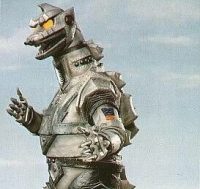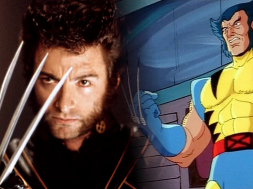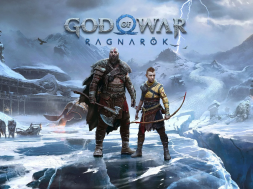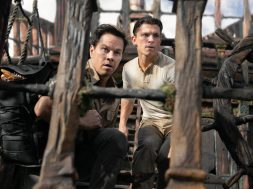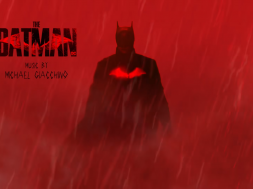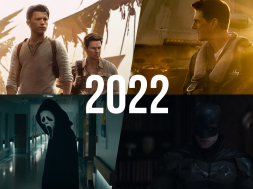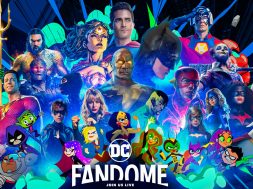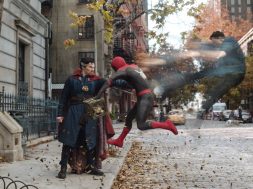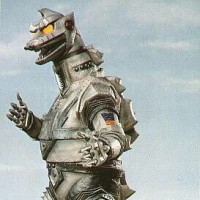
Oh, the nostalgia. I happened to watch an episode or two of this while researching this column, and by researching I mean watch masses of monsters kick the snot out of each other. Not the worst thing I’ve had to do to get an article(s) out, that’s for sure. Almost due date folks, get hyped!
Welcome back one and all, for week three of the continuing journey through the past of the world’s favourite city destroyer Godzilla. When we left last week, Jun Fukuda had just finished the highly comedic, whether purposeful or otherwise, one-two punch of Godzilla vs. the Sea Monster and Son of Godzilla. Opponent after opponent had presented themselves to challenge our lizard king and one after one they were defeated, slowly turning what was once our greatest enemy into a saviour of sorts. As the sixties drew to a close, Ishiro Honda would take to the mantle of the Gojira franchise once again, but where do you go after seven straight fights with varying results? What’s left to conquer on screen? Seeing how many kaiju can fit into a film at once, that’s what!
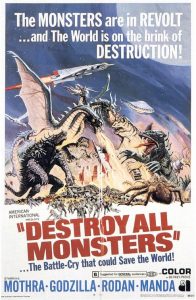 Released in 1968 and originally produced to be the last film in Godzilla’s short-lived but fruitful big screen lifespan, Destroy All Monsters was the culmination of all the previous films’ mythos, grandeur and ridiculousness while taking the production and spectacle to a whole other level. Featuring not one, not two but eleven monsters, from Godzilla’s past and from other franchises started in the growing kaiju wave of films, this instalment was set to end the series on as high a note as conceivably possible at the time. Set at the close of 20th century, the mindless destruction spews out of Tokyo as the island prison, cleverly named ‘Monsterland’, holding all the beasts in place is opened up and all hell breaks loose. The king of monsters heads straight for New York, while Rodan hits Moscow, Manda begins decimating London and our old friend Mothra decides Beijing is good enough for its presence. Naturally, the plot must get more out of this world than multiple giant creatures rampaging through our planet’s capitals by introducing aliens who are at the centre of an evil plot to control, well, everything.
Released in 1968 and originally produced to be the last film in Godzilla’s short-lived but fruitful big screen lifespan, Destroy All Monsters was the culmination of all the previous films’ mythos, grandeur and ridiculousness while taking the production and spectacle to a whole other level. Featuring not one, not two but eleven monsters, from Godzilla’s past and from other franchises started in the growing kaiju wave of films, this instalment was set to end the series on as high a note as conceivably possible at the time. Set at the close of 20th century, the mindless destruction spews out of Tokyo as the island prison, cleverly named ‘Monsterland’, holding all the beasts in place is opened up and all hell breaks loose. The king of monsters heads straight for New York, while Rodan hits Moscow, Manda begins decimating London and our old friend Mothra decides Beijing is good enough for its presence. Naturally, the plot must get more out of this world than multiple giant creatures rampaging through our planet’s capitals by introducing aliens who are at the centre of an evil plot to control, well, everything.
You may leave now if you’re expecting any sort of return to the politically squalid themes of the original Godzilla, narrative construction does not get any less paper-thin or analogically-vapid from here on out. Toho Productions have very clearly made their choice with how they want the kaiju films to proceed and how they want their creations to be perceived and the stories they wish for them to perpetuate and, honestly, I have to say they made the right choice. Destroy All Monsters is one of the most outright enjoyable viewings in the ‘big-monster’ genre and goes to great lengths to demonstrate that, with hindsight, a film does not need to be intellectually stimulating to still be pure entertainment. Something we know now, all too well, but remember this was 1968 – this is one of the big screen adventures that helped to cement why production companies can bank on huge sequels if they’re made with the right kind of conviction.
Unfortunately, this venture also stands in history as the last film to be made with all of the collaborators of the original Godzilla character involved. Ishiro Honda, Eiji Tsuburaya, Tomoyuki Tanaka and Akira Ifukube would never again all be on-set together creating the kind of the monsters.
 Naturally, as is the way in movie history, if it makes money it will not die. A sequel in the shape of All Monsters Attack was rushed out for a 1969 release with Honda back directing. The first ‘Zilla feature specifically for children, Ishiro finally got a chance to direct baby ‘Zilla, named Minilla, something I’m sure he was absolutely dying to knock off his bucket list. For all intents and purposes, the overtly cartoony, silly mess was the first Godzilla film to flop in the Japanese box office. While audiences can suspend their disbelief through most things, a plot heavily reliant on dream sequences is just one step too far. Even back then, patrons would call a studios bluff. Some things will never change.
Naturally, as is the way in movie history, if it makes money it will not die. A sequel in the shape of All Monsters Attack was rushed out for a 1969 release with Honda back directing. The first ‘Zilla feature specifically for children, Ishiro finally got a chance to direct baby ‘Zilla, named Minilla, something I’m sure he was absolutely dying to knock off his bucket list. For all intents and purposes, the overtly cartoony, silly mess was the first Godzilla film to flop in the Japanese box office. While audiences can suspend their disbelief through most things, a plot heavily reliant on dream sequences is just one step too far. Even back then, patrons would call a studios bluff. Some things will never change.
Yoshimitsu Banno, a newbie director and co-producer of the upcoming Godzilla film, would be introduced to spear-head a ‘safe’ instalment in the now almost a dozen strong Godzilla series of films, Godzilla vs. Hedorah. With Mt. Fuji as the stage once again, first seen in the seminal fight with King Kong, Godzilla and foe Hedorah would square off in a fight that’s, well, entertaining, if nothing new. The political messages are back though! Don’t pollute, or Godzilla will come and make a mess of your best Sunday dress… or something like that. The message is clear, but very ham-fisted and comes across like something closer to Captain Planet‘s crass without the charm of an early nineties cartoon (man, I’m getting a little old.)
Our other familiar face in directing, Jon Fukuda, behind the previously mentioned classics Godzilla vs. the Sea Monster and Son of Godzilla, would give us another staunch double feature picture show in Godzilla vs. Gigan and Godzilla vs. Megalon. Cartoon elements remain with greater emphasis on the heroic nature of the lizard god , specially in the fight with Megalon as he plays sidekick to the superhero robot Jet Jaguar, but are complimented with greater emphasis on multi-monster narratives and alien invasion sub-plots. Fukuda would then go on to direct a game changer for our old friend with the introduction of one of his greatest foes; Mechagodzilla.
Born out of a black-hole, a strong buttering of pseudo-science and a healthy dollop of creative juices, Mechagodzilla is an alien robotic creation from a black hole and some of Godzilla’s DNA. Or something like that. This first encounter, in Godzilla vs. Mechagodzilla, boasts one of the few times we see Godzilla get truly wounded on-screen, a testament to the strength of this new foe. King Caesar, a monster introduced seemingly just for this film to bolster Godzilla’s attack power, would be the deus ex machina to turn the tide and rip the robotic imposter’s head off.
This would not finish the fight though, oh no, no no no. 1975 would see the return of not one but two terrors; Mechagodzilla and director Ishiro Honda. Famous for being the lowest-grossing Godzilla film in Japan to date, Terror of Mechagodzilla has grown a cult following amongst the kaiju fanbase for the production pairing of Ishiro Honda and Akira Ifukube and much darker tones purveyed within. Titanosaurus make its once off appearance to ever complicate the fight as it, Godzilla and Mechagodzilla face off in another tenuous plot that features, of all things, a love-story between warring factions and shorter monster fight-time than normal. It’s no wonder that after this, Toho Productions decided to take a break from Godzilla after his return to the sea at the end.
The next time we would see Godzilla rise from the depths, it would a return to old habits and some welcome darkness.
